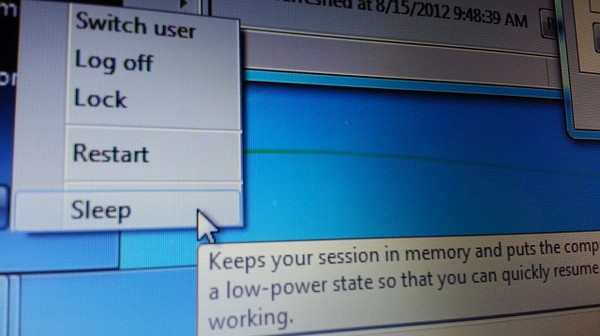

Windows creates this system memory file even if you never use Hibernate mode or Sleep mode, which also uses the hibernation method. Microsoft systems such as Windows 7, 8, or 10 store this memory content to the hiberfil.sys file, which can use several GBs of space depending on the software, system version and type of device you’re using. Before the operating system shuts down, it stores your current user session to the hard disk so that you can continue exactly where you left off when your computer wakes up from hibernation. One of the most well-known features for saving power and battery is Hibernate mode (also called Suspend to disk), which powers off your computer. These features are especially useful for laptops, which often run on battery power instead of being plugged in. Disable Sleep Mode Using Advanced Power Plan SettingsĪnother way to change Sleep Mode setting on a Windows 10 computer is by using Advanced Power Settings.ġ. Open Settings > click on the System icon.Today’s computers offer a range of energy-saving options. To conserve Battery life, you can set the sleep mode setting for ‘On Battery Power’ to 30 minutes or 1 hour. In the right-pane, scroll down to “Sleep” section and set ‘When Plugged in’ to Never. On the next screen, select Power & Sleep in the left pane. Disable Sleep Mode Using Settingsįollow the steps below to prevent your computer from going to sleep by using Windows 10 using Settings.Ģ. Luckily, it is easy to fix this issue by disabling sleep mode while your computer is connected to power and selecting your desired sleep mode setting while your computer is running on Battery. While the default sleep mode setting is good enough for most activities, it may not be suitable in certain cases or suitable for all users. With default Sleep Mode settings, most Windows computers go into Sleep Mode after 15 Minutes (While on battery) and 30 minutes (when pugged-in to a power supply) of inactivity.


 0 kommentar(er)
0 kommentar(er)
